Quick Bits: Joinville stands as the largest city in Santa Catarina, Brazil. Known for its strong German, Swiss, and Norwegian influences, it blends European charm with tropical...
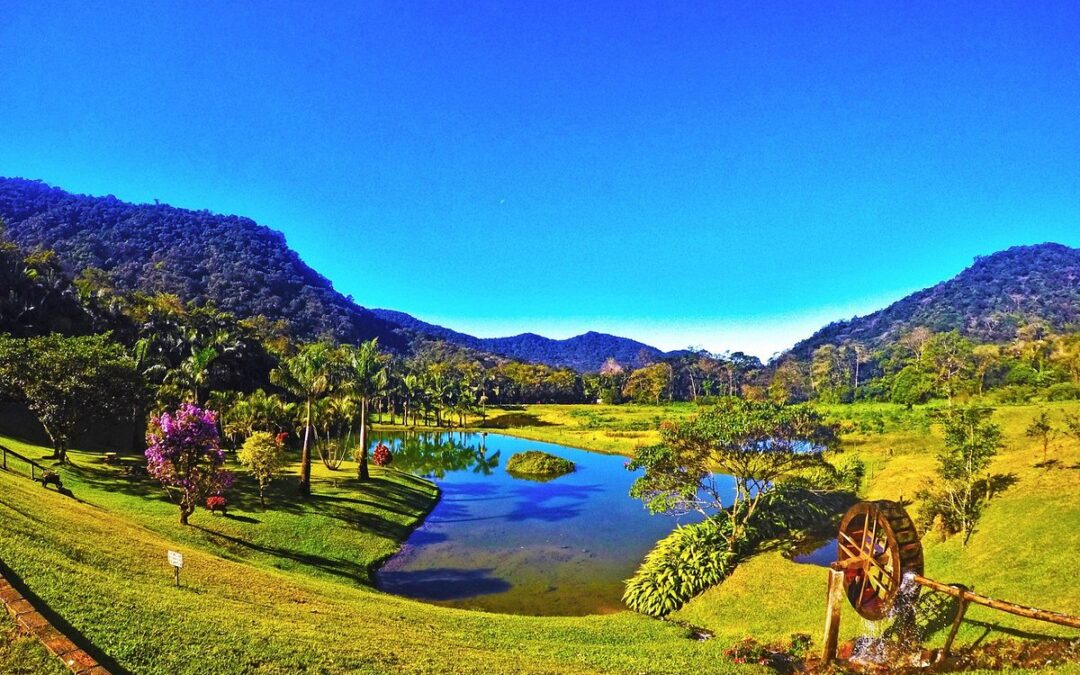

Quick Bits: Joinville stands as the largest city in Santa Catarina, Brazil. Known for its strong German, Swiss, and Norwegian influences, it blends European charm with tropical...
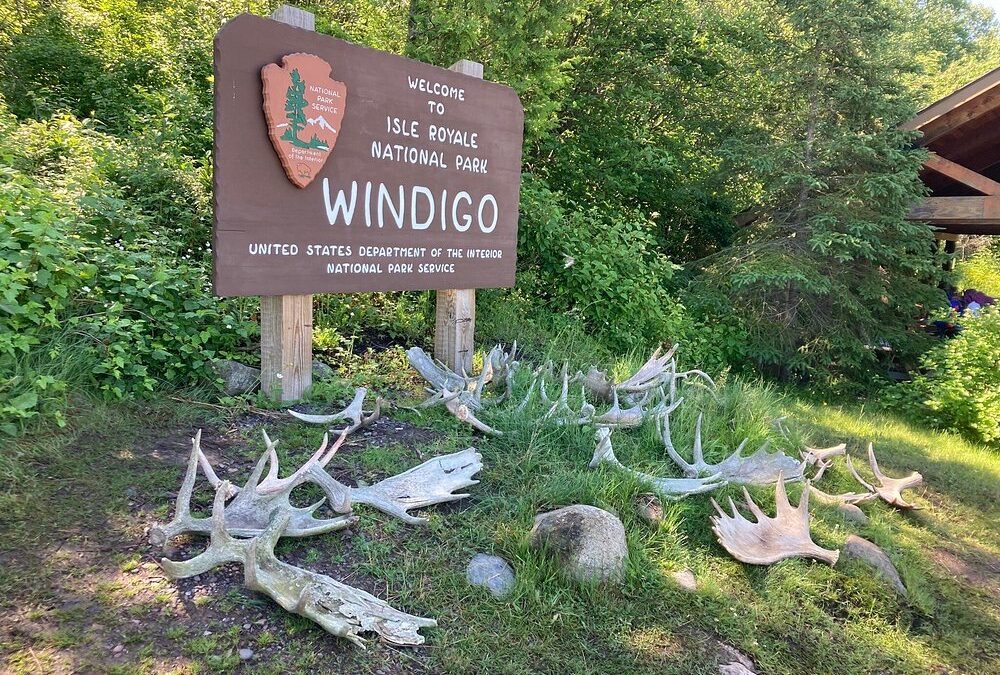
Quick Bits: Isle Royale National Park sits in the northwest corner of Lake Superior. Unlike other national parks, it remains one of the least visited but most revisited places in...
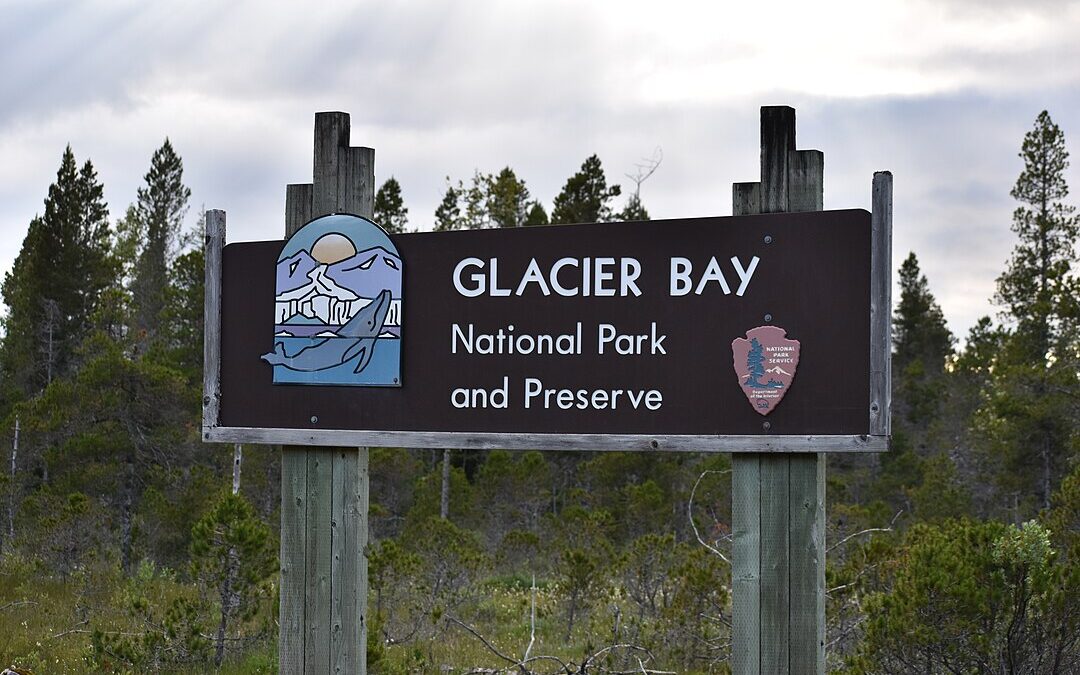
Quick Bits: Glacier Bay National Park is a stunning natural wonder located in southeast Alaska. Known for its massive glaciers, deep fjords, and abundant wildlife, this park...
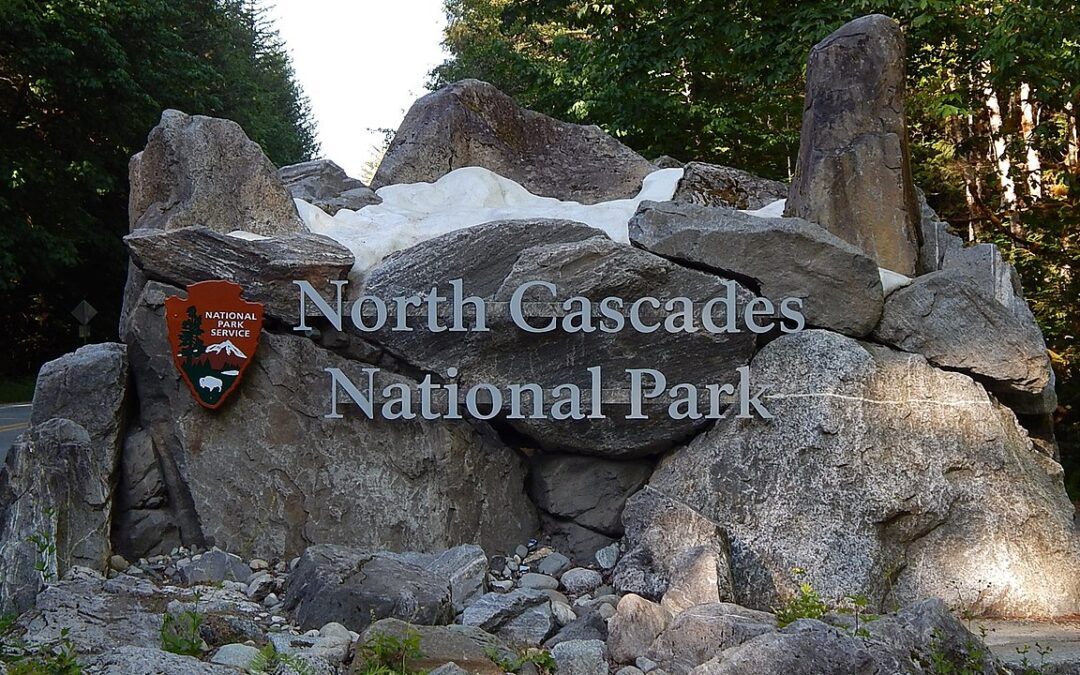
Quick Bits: North Cascades National Park is a vast and rugged landscape filled with towering peaks, lush valleys, and over 300 glaciers, making it one of the most glacier-rich...
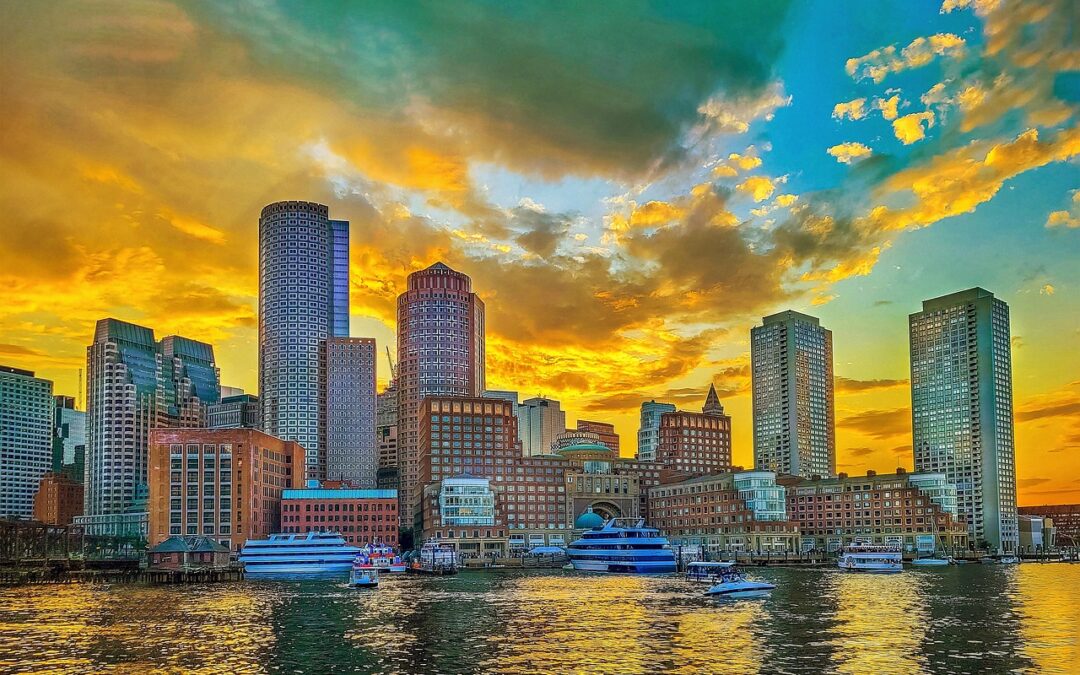
Quick Bits: Boston is one of the most historic cities in the United States. It blends colonial heritage with modern energy. Cobblestone streets, red-brick buildings, and...
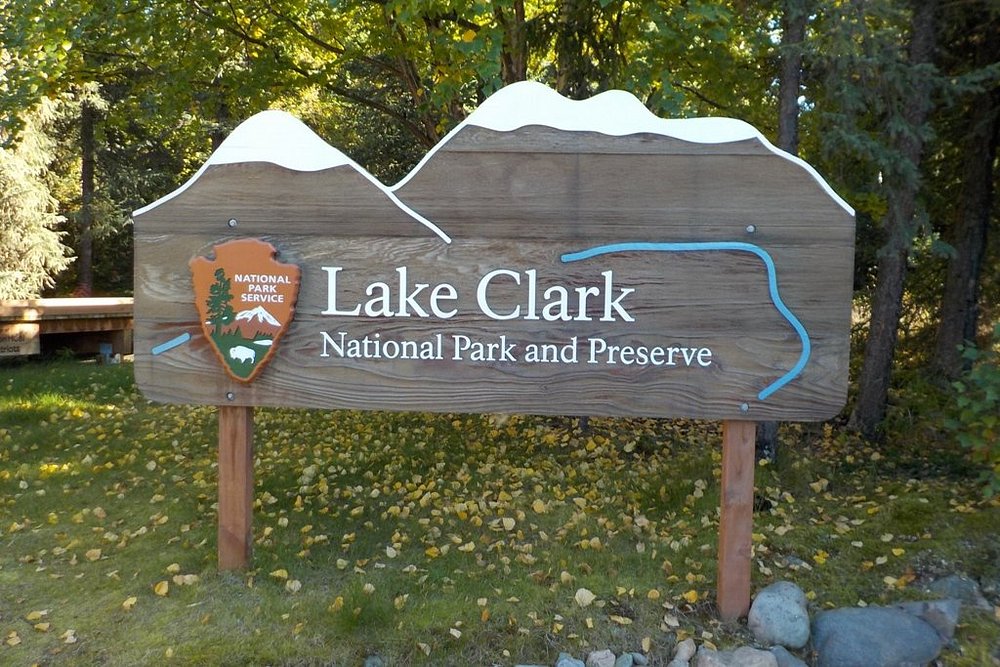
Quick Bits: Lake Clark National Park is a remote and rugged expanse in southwest Alaska, known for its pristine lakes, towering volcanoes, and diverse wildlife. Accessible only...

Quick Bits: Sequoia National Park is a breathtaking natural wonder located in California's Sierra Nevada mountains. Known for its towering sequoia trees, deep canyons, and rugged...
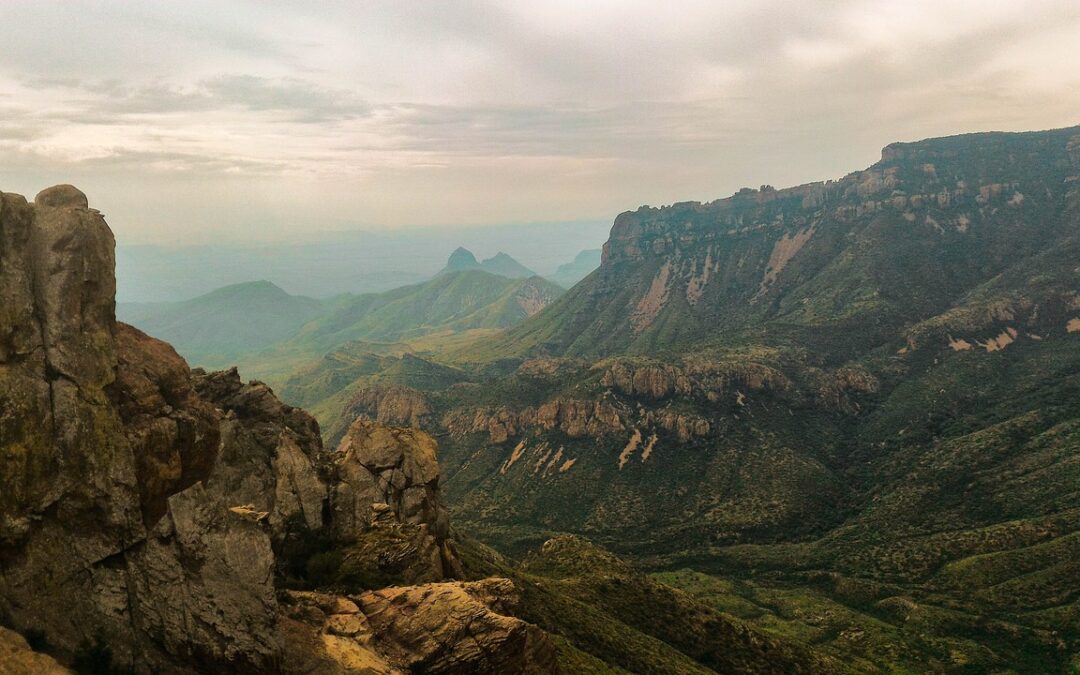
Quick Bits: Big Bend National Park, located in southwest Texas, offers a stunning mix of desert, mountains, and river landscapes. Covering over 800,000 acres, the park provides a...
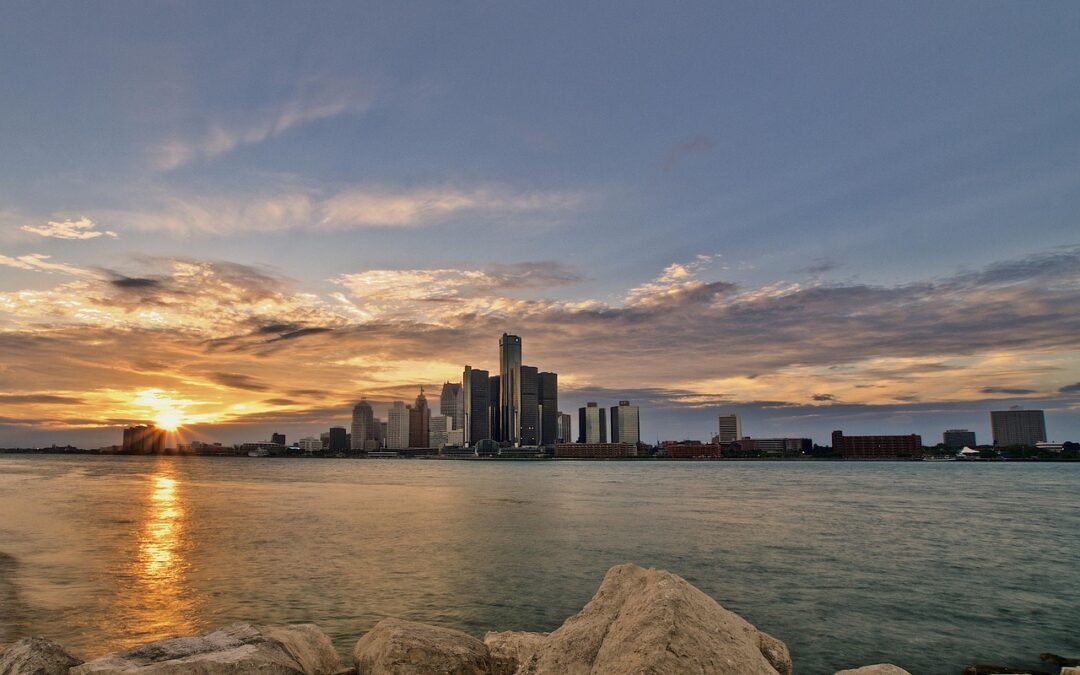
Quick Bits: Detroit stands as a symbol of resilience, innovation, and cultural evolution. Known as the Motor City, it shaped the global automobile industry. Music legends rose...
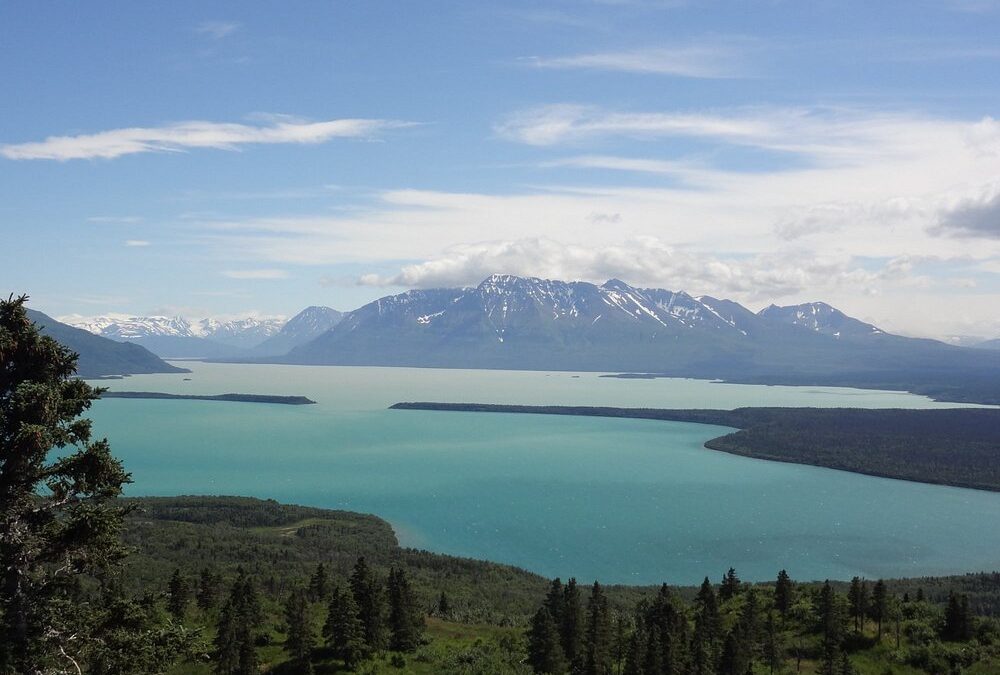
Quick Bits: Katmai National Park spans over four million acres of Alaskan wilderness. It is a paradise for wildlife lovers, adventurers, and photographers. This park protects a...
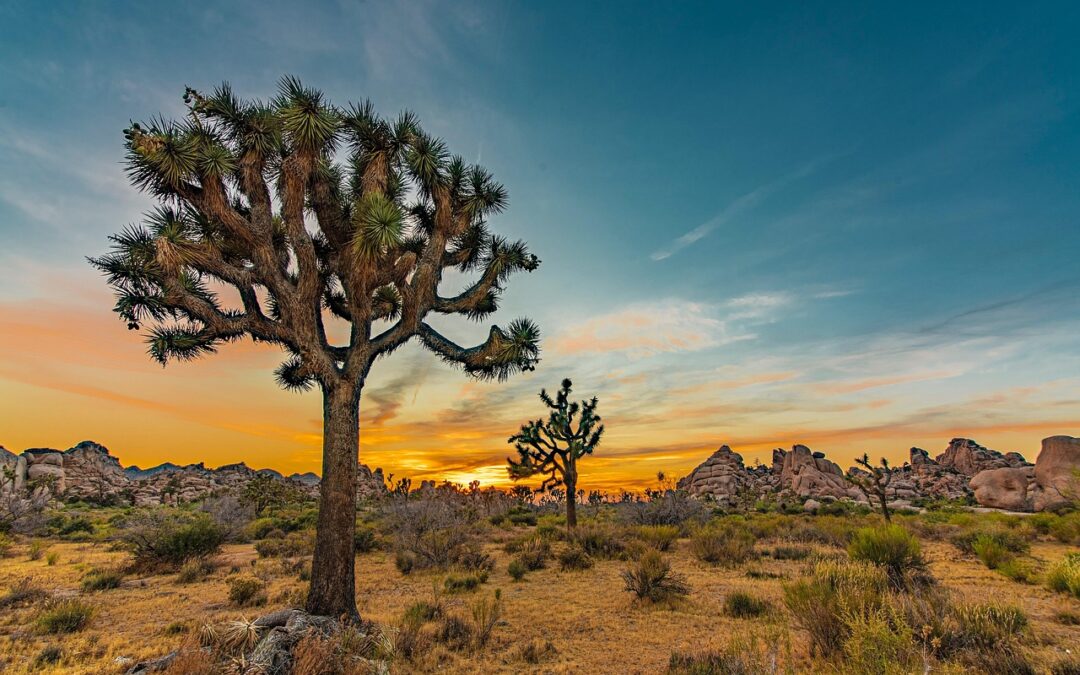
Quick Bits: Joshua Tree National Park is where the Mojave and Colorado deserts meet. Towering rock formations, twisted Joshua trees, and vast, star-filled night skies define its...
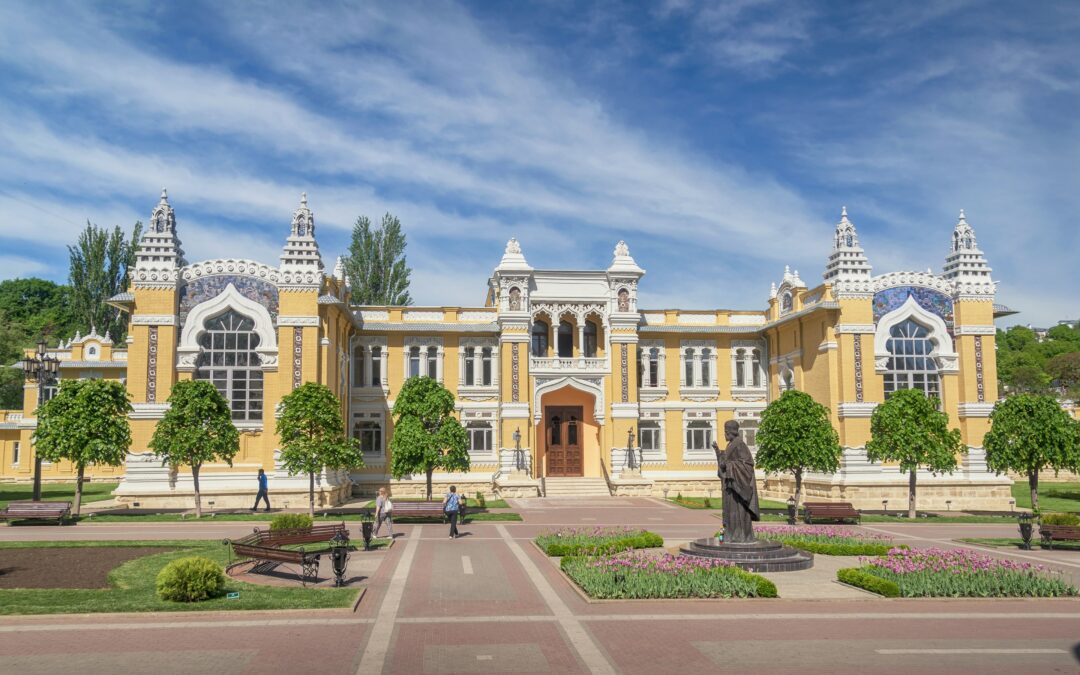
Quick Bits: Stavropol is a city with deep historical roots, scenic landscapes, and a vibrant culture. It blends old-world charm with modern development, making it a destination...
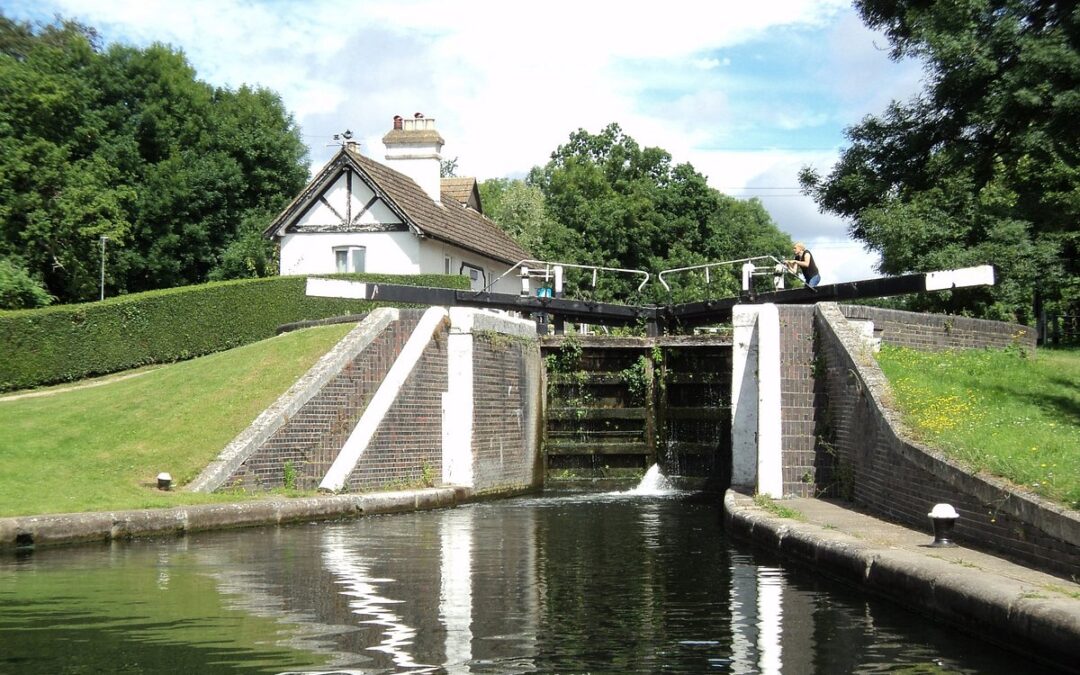
Quick Bits: Uxbridge blends history with modern charm. This town, set in Greater London, offers a mix of cultural heritage, scenic beauty, and vibrant shopping districts. With...
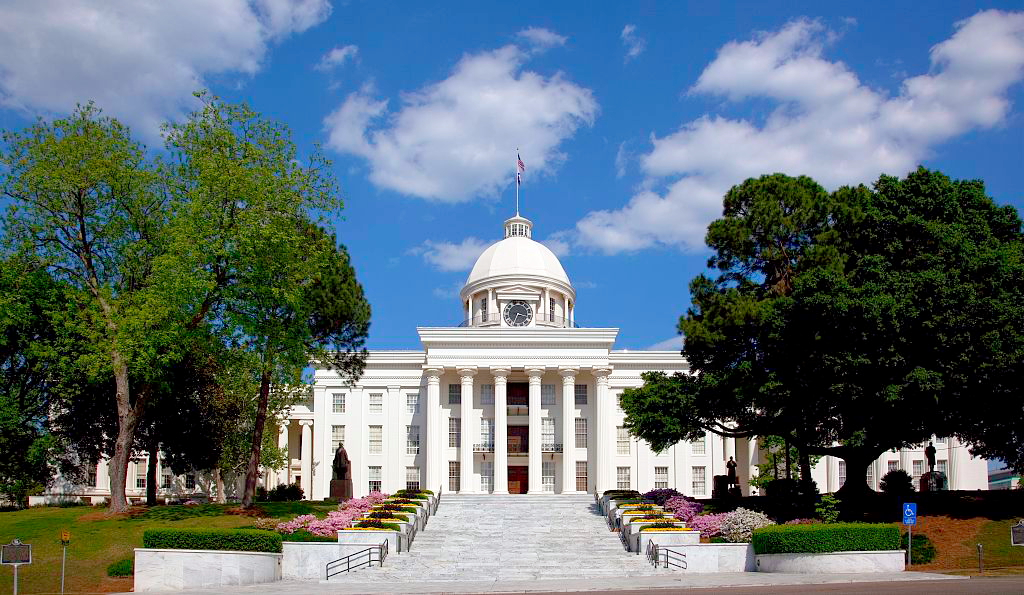
Quick Bits: Birmingham, Alabama, is a thriving city with a rich history and a blend of cultural, industrial, and natural attractions. Known as the birthplace of the American...
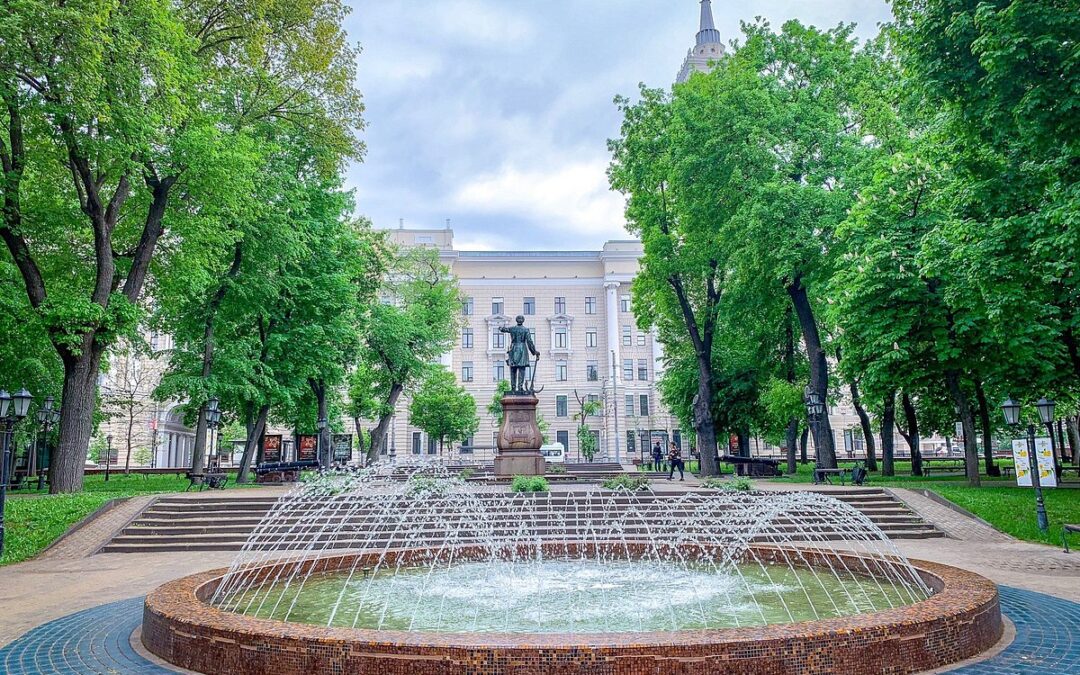
Quick Bits: Voronezh is a vibrant city in southwestern Russia. Known for its cultural significance and historical charm, it is nestled along the banks of the Voronezh River. The...
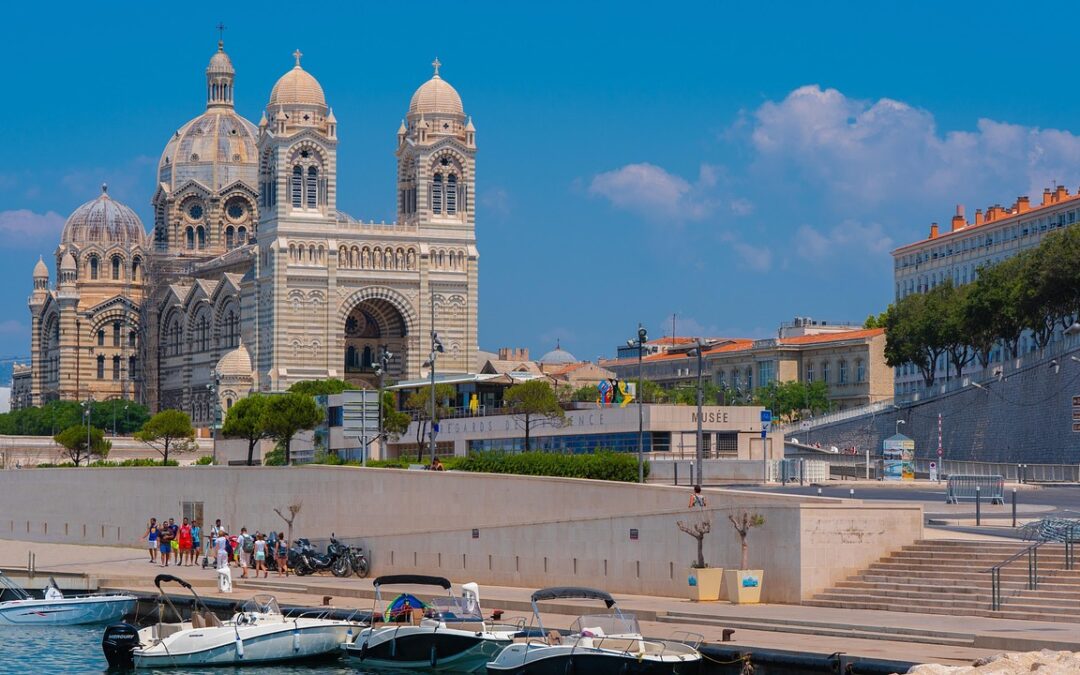
Quick Bits: Marseille, France’s second-largest city, is a vibrant blend of history, culture, and stunning Mediterranean beauty. Nestled along the southern coastline, it offers...
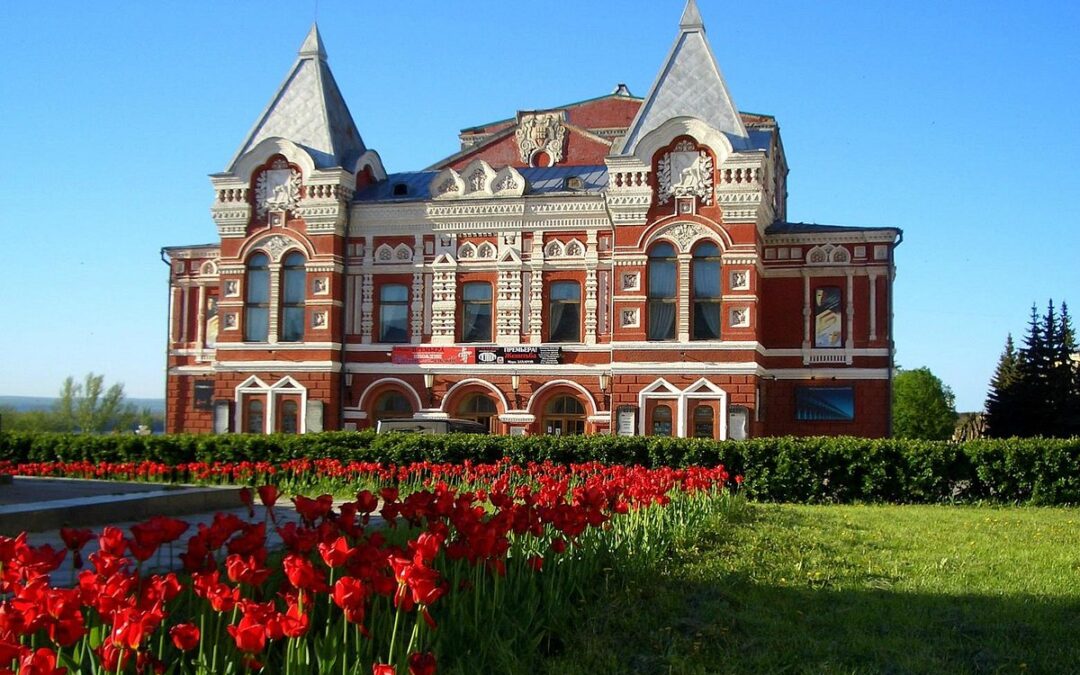
Quick Bits: Samara is a hidden gem that blends vibrant city life with serene natural beauty. Nestled along the banks of the Volga River, it is a city known for its rich cultural...
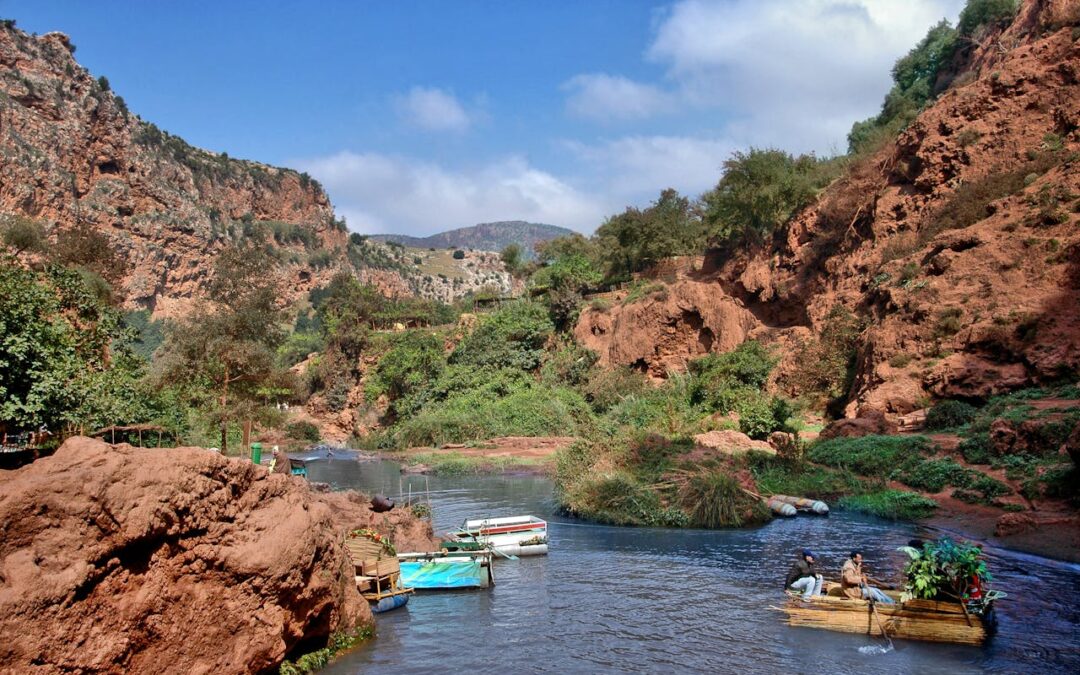
Quick Bits: Beni Mellal is a charming city located in central Morocco. Known for its stunning landscapes, vibrant culture, and historical sites, it serves as a gateway between...
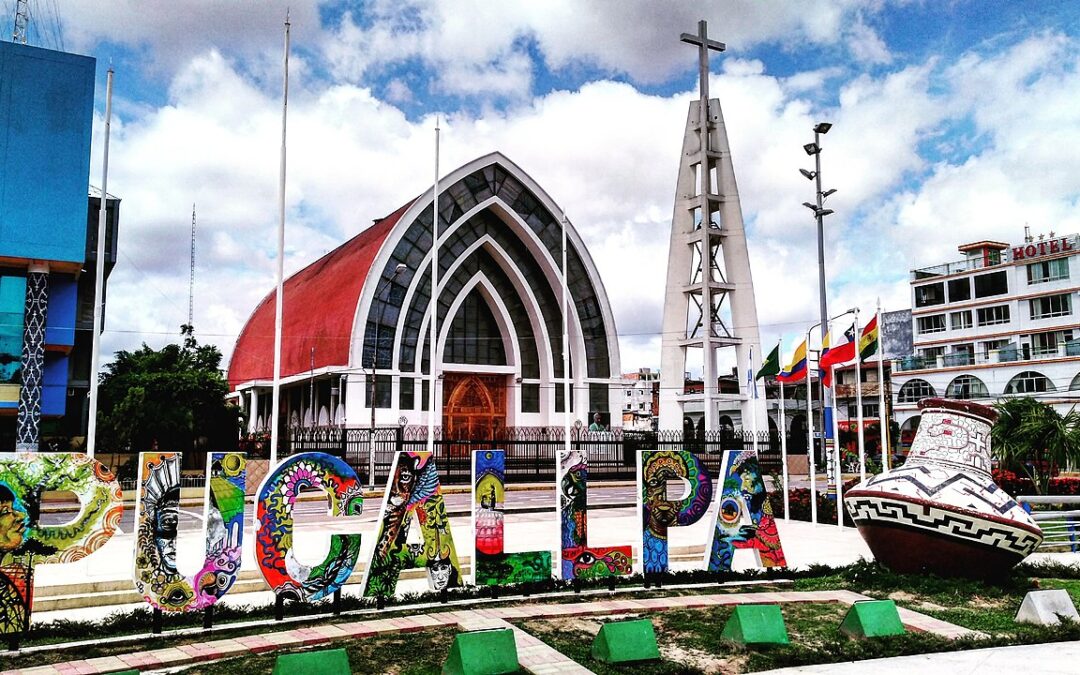
Quick Bits: Pucallpa, the bustling capital of the Ucayali region in Peru, is a vibrant city that serves as a gateway to the Amazon rainforest. Known for its lush landscapes,...
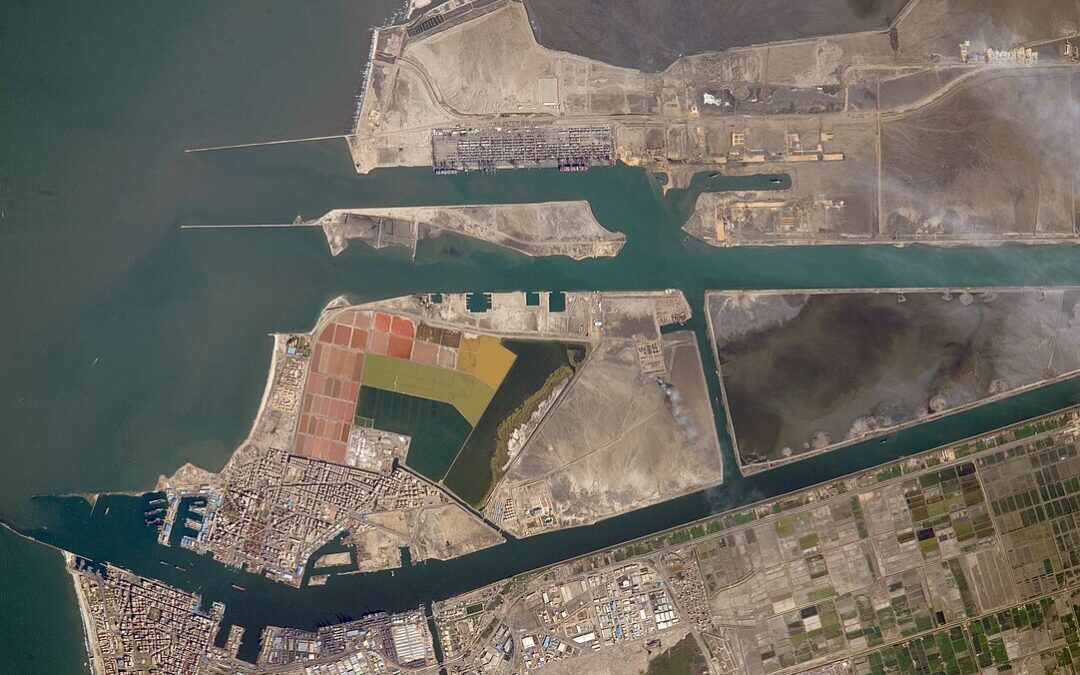
Quick Bits: Port Said, situated at the northern gateway of the Suez Canal, is a vibrant city steeped in maritime history. Established in 1859, it serves as a vital hub for...